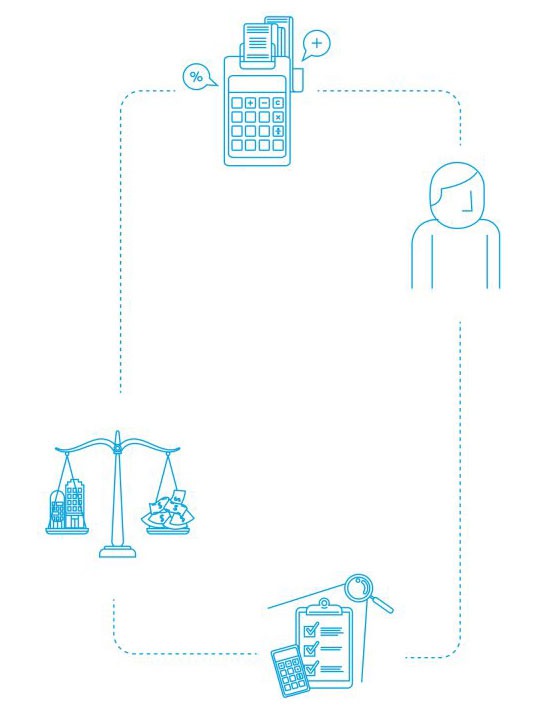
How does a CLV determine a customer’s true worth?
Back in 1956, legendary old-school management consultant Peter Drucker declared that the purpose of any business was all about creating a customer. But six decades later, too many business owners still misunderstand a customer’s true worth – the true lifetime value of those customers responsible for buying their products and services.
It’s only once you calculate the lifetime value of a customer (CLV) that you can ascertain the expected profit over a lifetime of transactions with your business. It’s only once you know the estimated CLV of each customer that you can decide how much to you need to invest on marketing to win that customer’s business, and then retain them as a long-term customer.
Equally important, the CLV will give you a much better idea of whether there’s sufficient future value from certain types of customers to warrant doing business with them.
What are the key metrics to a customer’s true worth?
To the uninitiated, the best way to determine CLV is to take the Average Monthly Revenue per Customer and multiply it by the Average Gross Margin per Customer and then multiply that by the Average Retention Rate.
Monthly Revenue x Gross Margin x Retention Rate
This is what we think a customer is worth in gross profit terms over the average lifetime of buying goods and services from us. Let’s look at each of these elements in more
detail.
1. Average monthly revenue per customer:
Represents how much you expect the average customer to spend with you in a month.
The workings
Take the average customer sales size and multiply by the number of
times you expect a customer to buy from you in a month.
2. Average gross margin per customer:
Represents the difference between the sale price and what it costs you to produce, or sell (before overheads).
The workings
You buy an item for $60 and sell it for $100.
Average gross margin is $40/$100 or 40 per cent.
3. Average retention rate:
Represents the number of months you’ll trade with a customer.
The workings
For the purpose of this calculation one month = $900
Here’s a simple example:
ABC Stationery makes an average gross margin of 25 per cent
per customer per average monthly spend of $100.
ABC Stationery expects to retain a new customer for three
years or 36 months.
Average customer has a CLV of $900, eg
$25/month x 36 months.
The beauty of a CLV calculation is it lets you second-guess how much it will cost to win and retain customers so you can decide whether it’s worth the investment.
How do you gauge the financial impact?
It’s only once you understand the value of each customer, that you’ll be able to identify the:
- Right marketing spend
- Discounts to reward customer loyalty
- Time spent on customer satisfaction
If you have bothered to ascertain customer worth using the Customer Lifetime Value formula explained above, answering these three questions will be a lot easier.

Let’s look at each of these elements in more detail.
- The right marketing spend:
By reworking the CLV equation you’ll fully understand the cost to your business. If your CLV is $500, you already know you need to win at least 10 new customers to cover your cost. Given that you’ll want a return on your investment (ROI), you may benchmark campaign success against 40 new customers for 40 x $500 or $20,000 return. - Discounts to reward customer loyalty:
Given that average Gross Margin per Customer is an important input to CLV, the lower the margin – the lower the value of the customer will be over time. - Time spent on customer satisfaction:
This has a direct correlation with increased CLV.
Everything being equal, the longer a customer is retained the more gross profit they’re likely to generate. For a better understanding of your ROI, compare the cost of any new initiative to how much it increases CLV.
Andrew Sykes,
Director of RSM Australia
Should you wish to explore how knowing the average CLV of your client base can inform business strategy, please contact Andrew Sykes, Director of RSM Australia, on 02 6217 0333 or [email protected].

